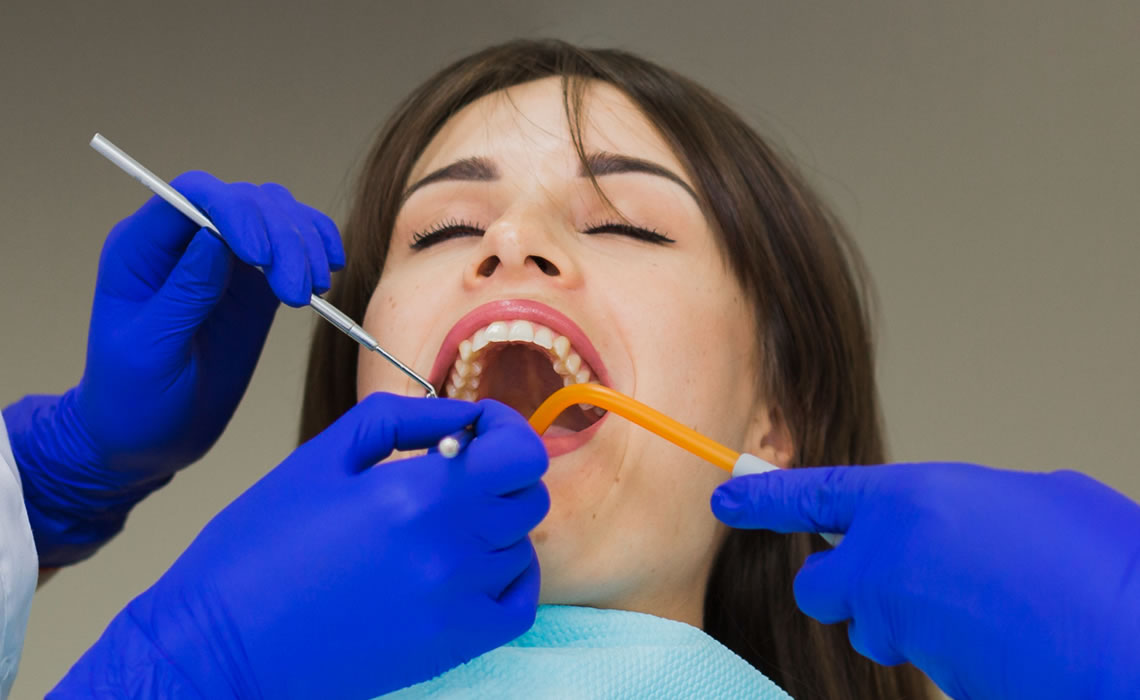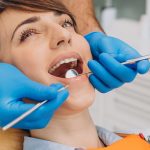
An impacted tooth generally refers to a tooth that is positioned beneath the gum line due to insufficient space in the jawbone or improper growth direction. Impacted teeth are commonly observed among molars, particularly the third molars or wisdom teeth, typically appearing around the age of 20. In this article, you will gain more information about what an impacted tooth is, its causes, the process of extraction, and the recovery period.
What is an Impacted Tooth?
An impacted tooth occurs when a tooth remains trapped beneath the gum line due to inadequate space in the jawbone or improper growth direction. This condition is commonly associated with wisdom teeth or molars, specifically the third set of molars. Impacted teeth can lead to crowding, pain, and other dental issues.
Causes of an Impacted Tooth
Impacted teeth commonly result from the following reasons:
Spacing Issues: If a tooth does not fit the jaw structure, it may exert pressure on other teeth, leading to impaction.
Incorrect Growth Direction: If a tooth grows in the wrong direction within the jaw, it may become impacted beneath the gum line.
Obstructions in the Eruption Path: If there are obstructions along the eruption path of the tooth, it may remain impacted.
Process of Impacted Tooth Extraction
The extraction of an impacted tooth generally involves the following steps:
Examination and X-rays: The dentist evaluates the condition of the impacted tooth through examination and X-rays.
Application of Anesthesia: In most cases, local anesthesia is applied to the extraction area to ensure the patient does not feel pain.
Tooth Extraction: The dentist uses specialized tools to remove the impacted tooth.
Stitching (if necessary): Stitching may be required after the extraction; however, many impacted tooth extraction procedures are completed without stitches.
Recovery Process
The recovery process after impacted tooth extraction includes the following steps:
Rest and Relaxation: Resting and allowing the body to recover is crucial after the operation.
Pain Management: Regular use of prescribed pain relievers can help control post-operative pain.
Application of Ice: Applying ice to the area can reduce swelling after the operation.
Consumption of Soft Foods: Eating soft and cold foods in the initial days can aid in the healing process.
Stitch and Wound Care: Regular care of stitches, if any, and the operation site is important.
Follow-up with the Dentist: Regular attendance of follow-up appointments is crucial for monitoring the healing process.
While impacted tooth extraction is generally a successful procedure, each individual’s recovery process may vary. Therefore, it is important to follow the recommendations of your dentist and seek immediate medical attention if any issues arise.



















